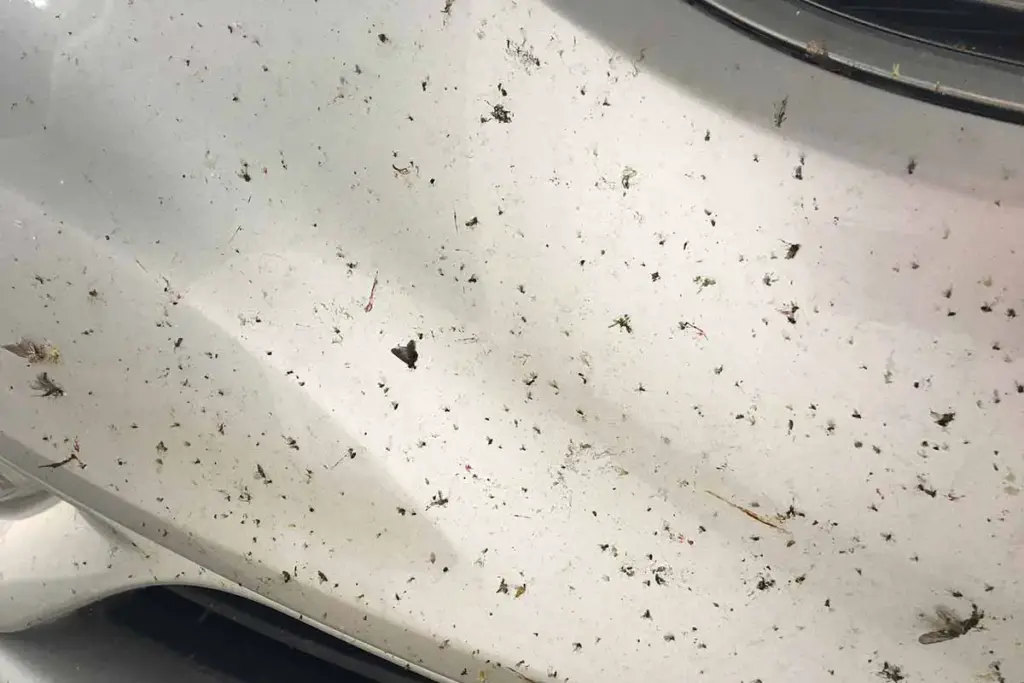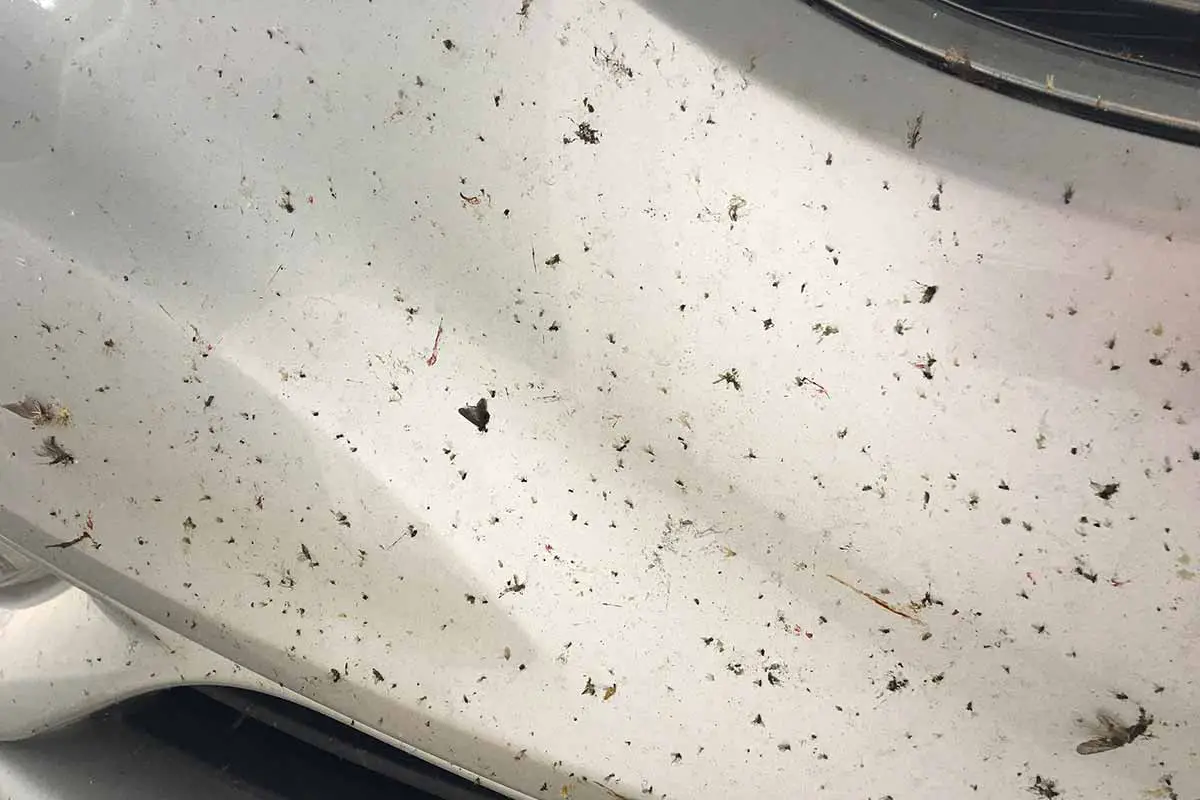
Effective Methods for Removing Insects from Car Paintwork: A Comprehensive Guide
Insect residue on your car’s paintwork isn’t just unsightly; it can cause permanent damage if left untreated. The acidic nature of bug guts can etch into the clear coat, leading to dull spots and even rust. This comprehensive guide provides effective methods for removing insects from car paintwork safely and efficiently, ensuring your vehicle maintains its pristine appearance.
Why Insect Removal is Crucial
Insects splattered on your car are more than just a cosmetic issue. The enzymes and acids present in their bodies can react with the paint, causing corrosion. Sunlight and heat accelerate this process, making prompt removing insects from car paintwork essential. Ignoring these residues can lead to costly repairs and a diminished resale value of your vehicle.
The Dangers of Neglecting Insect Residue
- Paint Etching: Insect acids can eat into the clear coat, causing permanent marks.
- Corrosion: Damaged paint exposes the metal underneath, leading to rust.
- Reduced Resale Value: A car with visible paint damage is less appealing to potential buyers.
Preparation for Insect Removal
Before you begin removing insects from car paintwork, proper preparation is key. Gather the necessary supplies and choose a suitable location away from direct sunlight.
Essential Supplies
- Bug and Tar Remover: A specialized cleaner designed to dissolve insect residue.
- Microfiber Towels: Soft towels that won’t scratch the paint.
- Wash Mitt: A gentle mitt for applying soap and water.
- Car Wash Soap: A pH-balanced soap specifically formulated for vehicles.
- Hose with Spray Nozzle: For rinsing the car.
- Detailing Clay (Optional): For stubborn residue.
Preparing Your Vehicle
- Rinse: Thoroughly rinse the car with water to remove loose dirt and debris.
- Cool Surface: Ensure the car’s surface is cool to the touch to prevent cleaning products from drying too quickly.
- Work in the Shade: Avoid direct sunlight to prevent water spots and product evaporation.
Methods for Removing Insects from Car Paintwork
Several methods can effectively remove insect residue. The choice depends on the severity of the build-up and your personal preference.
Bug and Tar Remover
Bug and tar removers are specifically formulated to dissolve insect remains without damaging the paint. These products typically contain solvents that break down the protein bonds in bug guts, making them easier to remove. When removing insects from car paintwork, always follow the manufacturer’s instructions.
- Spray: Apply the bug and tar remover liberally to the affected areas.
- Soak: Allow the product to soak for the recommended time (usually 5-10 minutes).
- Wipe: Gently wipe the area with a microfiber towel.
- Rinse: Rinse thoroughly with water.
Car Wash Soap and Water
A standard car wash can often remove fresh insect residue. Use a pH-balanced car wash soap and a soft wash mitt. This is a gentle method for removing insects from car paintwork, suitable for regular maintenance.
- Wash: Wash the car using a wash mitt and car wash soap.
- Rinse: Rinse thoroughly with water.
- Dry: Dry the car with a clean microfiber towel.
Detailing Clay
Detailing clay is effective for removing stubborn insect residue that won’t come off with regular washing. It works by gently lifting contaminants from the paint surface. This method is particularly useful for removing insects from car paintwork that has been baked on by the sun.
- Lubricate: Spray the area with detailing clay lubricant.
- Clay: Gently rub the detailing clay over the affected area in a back-and-forth motion.
- Wipe: Wipe away any residue with a microfiber towel.
- Rinse: Rinse the area with water.
DIY Solutions
While specialized products are recommended, some DIY solutions can also be effective for removing insects from car paintwork. However, caution is advised, as some household cleaners can damage the paint.
- Baking Soda Paste: Mix baking soda with water to form a paste. Apply to the affected area, let it sit for a few minutes, and then rinse.
- WD-40: Spray WD-40 on the insect residue, let it sit for a few minutes, and then wipe away. Be sure to wash the area thoroughly afterward.
Warning: Always test DIY solutions on an inconspicuous area of the car first to ensure they don’t damage the paint.
Preventive Measures
Prevention is always better than cure. Taking steps to protect your car’s paintwork can minimize the accumulation of insect residue and make removing insects from car paintwork easier in the future.
Protective Coatings
- Wax: Applying a coat of wax provides a protective barrier against insect acids.
- Sealants: Paint sealants offer longer-lasting protection than wax.
- Ceramic Coatings: Ceramic coatings provide the most durable protection, repelling water and contaminants.
Regular Washing
Regularly washing your car helps prevent insect residue from building up and etching into the paint. Aim to wash your car at least once every two weeks, or more frequently if you drive in areas with high insect populations. Promptly removing insects from car paintwork is crucial.
Protective Films
Paint protection film (PPF) is a transparent film that can be applied to the car’s surface to protect it from scratches, chips, and insect damage. While PPF is a more expensive option, it provides the most comprehensive protection.
Advanced Techniques for Stubborn Insect Residue
Sometimes, insect residue can be particularly stubborn and require more advanced techniques. In these cases, consider the following:
Steam Cleaning
Steam cleaning can be an effective way to loosen and remove baked-on insect residue. The steam helps to soften the residue, making it easier to wipe away. This method is especially useful for removing insects from car paintwork in hard-to-reach areas.
Professional Detailing
If you’re struggling to remove insect residue yourself, consider seeking the help of a professional detailer. Detailers have the tools, expertise, and products to safely and effectively remove even the most stubborn insect residue. They can also provide paint correction services to repair any damage caused by insect acids.
The Importance of Immediate Action
The key to successfully removing insects from car paintwork is to act quickly. The longer insect residue remains on the paint, the more likely it is to cause permanent damage. Make it a habit to inspect your car regularly for insect residue and remove it as soon as possible. [See also: Best Car Washing Techniques] [See also: How to Protect Your Car’s Paint] [See also: Detailing Clay: A Comprehensive Guide]
Conclusion
Removing insects from car paintwork is a crucial aspect of vehicle maintenance. By following the methods outlined in this guide and taking preventive measures, you can protect your car’s paintwork and maintain its pristine appearance. Remember to act quickly, use appropriate cleaning products, and consider professional help if needed. With the right approach, you can keep your car looking its best for years to come. The importance of removing insects from car paintwork cannot be overstated.

